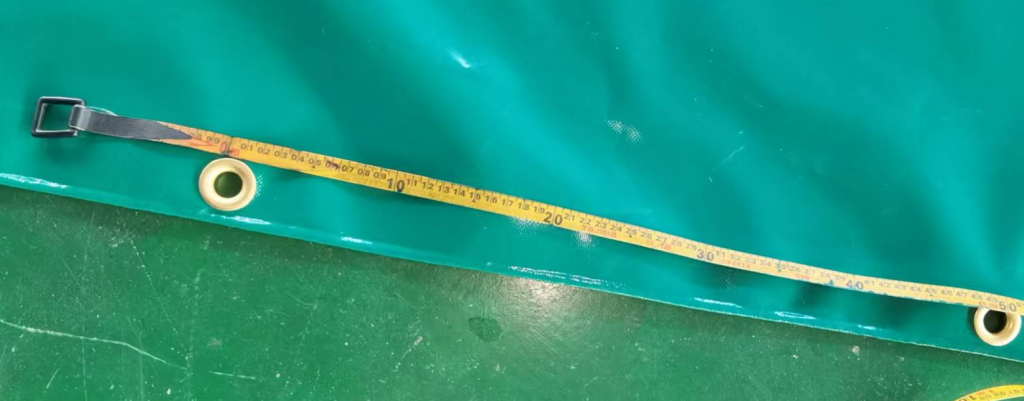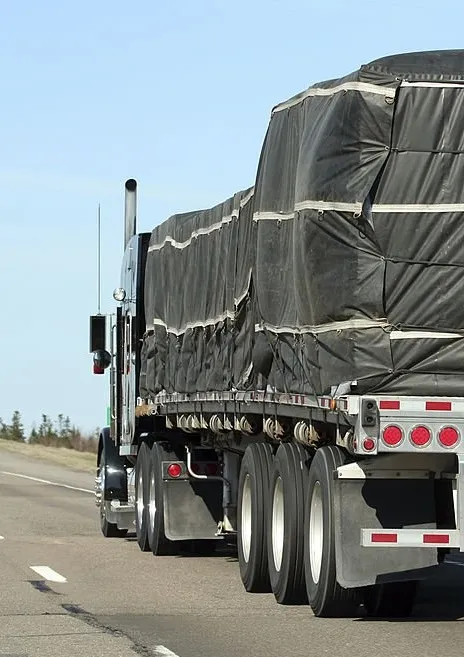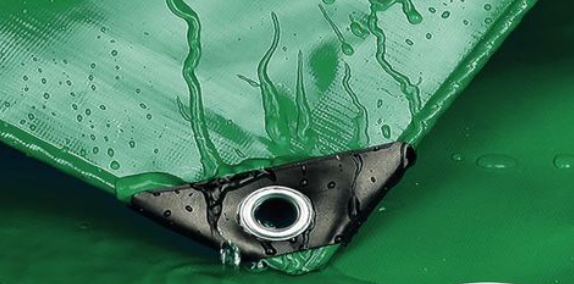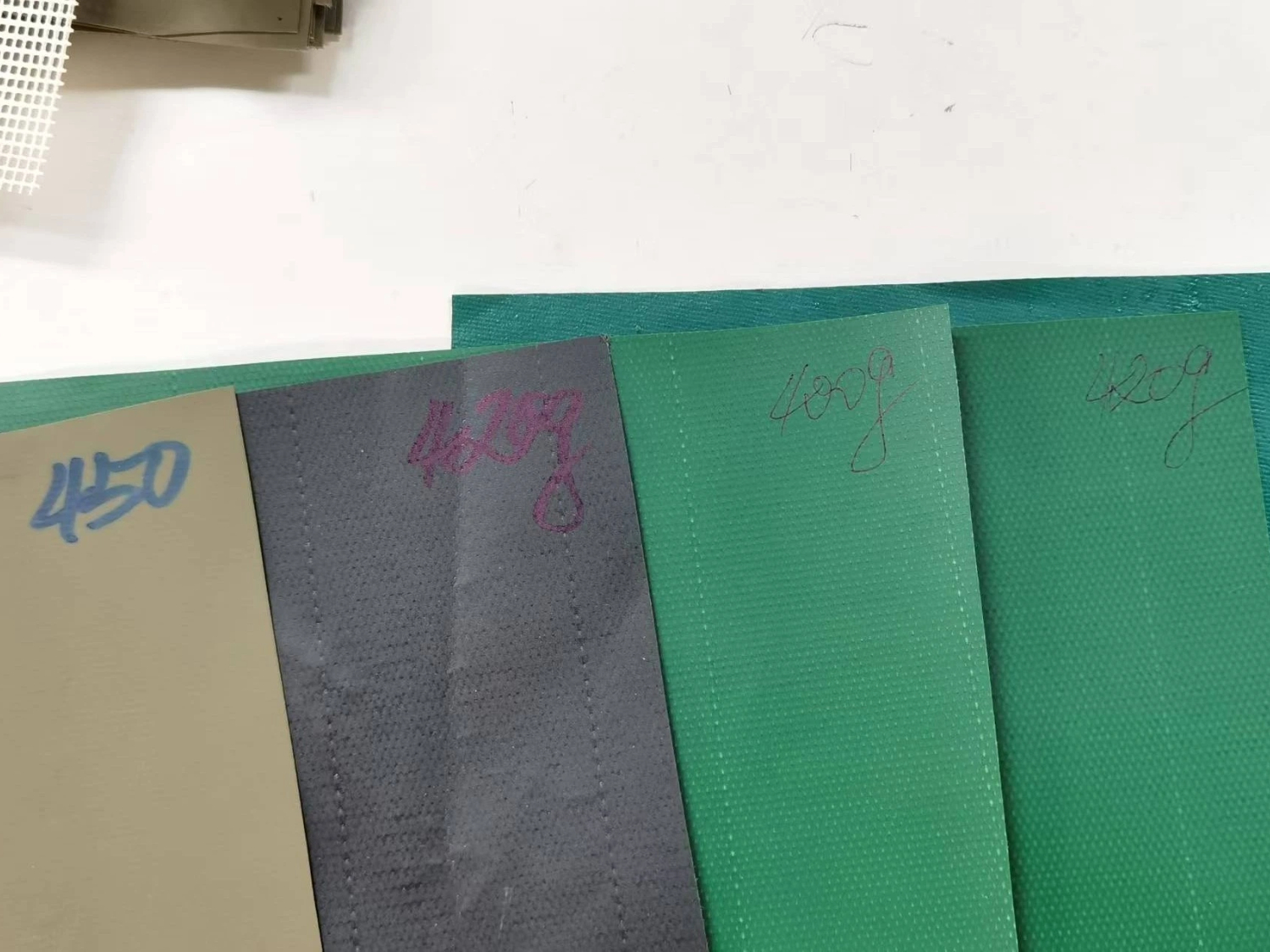
PVC tarpaulins have wide applications in various industries and day-to-day life due to their strength, water resistance and affordability. Tarps are widely applied in construction projects, agriculture and camps. However, among the most common problems users of PVC tarpaulin face is mold. Mold not only destroys the appearance of the tarpaulin, but also steadily degrades its strength. The reasons for mold growth on PVC tarpaulins will be presented in this article, along with prevention methods to ensure the longevity and best performance of the tarpaulin.
Know Why Mold Occurs
Mold favors conditions of three major factors: moisture, organic matter, and optimal temperature. Although PVC tarpaulins are resistant to water, they are not mold-resistant. Moisture can be dropped on the outer surface of a tarpaulin via condensation, rain, or when not drying out the tarpaulin after use. Moisture on the tarpaulin in amounts as low as a few percent will promote the growth of mold.
Apart from moisture, dirt, dust, and other organic matter adhering to the tarp, mold growth is also caused by them. For example, when a hay tarp is spread over a pile of wood, pieces of sawdust or leaves may be deposited under the tarp and become nutrient sources for mold. Warm temperature, especially in the 68 – 86°F range, speeds up mold growth. Thus, PVC tarps are most likely to grow mold in hot and humid climates.
Regular Cleaning
Regular cleaning is the key to prevention of mold on PVC tarps. Remove loose debris, leaves, or dirt from the surface of the tarp first. Combine a small volume of mild soap with warm water to prepare a mild cleaning solution. Refrain from using harsh chemical cleaners or abrasive scouring cleaners that may damage the PVC material.
Using a soft-bristled brush or sponge, circularly wipe the tarpaulin. The seams and corners must be particularly cleaned because they are places that the dirt tends to cling to. Scrub the tarp followed by a thorough washing with fresh water to get rid of all cleaning solution. For tough stains, combine water and baking soda to make a paste and place it on the stained area and leave it for a few minutes before rinsing. Regular maintenance cleaning will not only remove possible food sources for mold, but it will also identify wear or damage to your PVC tarpaulin in time.
Dry Thoroughly
Dry it thoroughly after washing to prevent standing water. Unfold the PVC tarp in sunlight. Make sure the tarp is spread out fully for unlimited airflow on both sides. If the tarp cannot be hung because of its size, spread it out flat on a clean dry surface, such as a concrete driveway. Flip the tarp periodically so that drying occurs on both sides of the tarp at the same rate.
Never fold or keep a wet PVC tarpaulin. A wet tarpaulin will also mold quickly if kept in a confined space. Dry a tarpaulin by using a fan or dehumidifier, as quickly as possible in wet or humid conditions where drying in the air is not feasible. Also, keep the ambient temperature close to the PVC tarpaulin from becoming too low since low temperatures will slow down drying and also lead to mold.
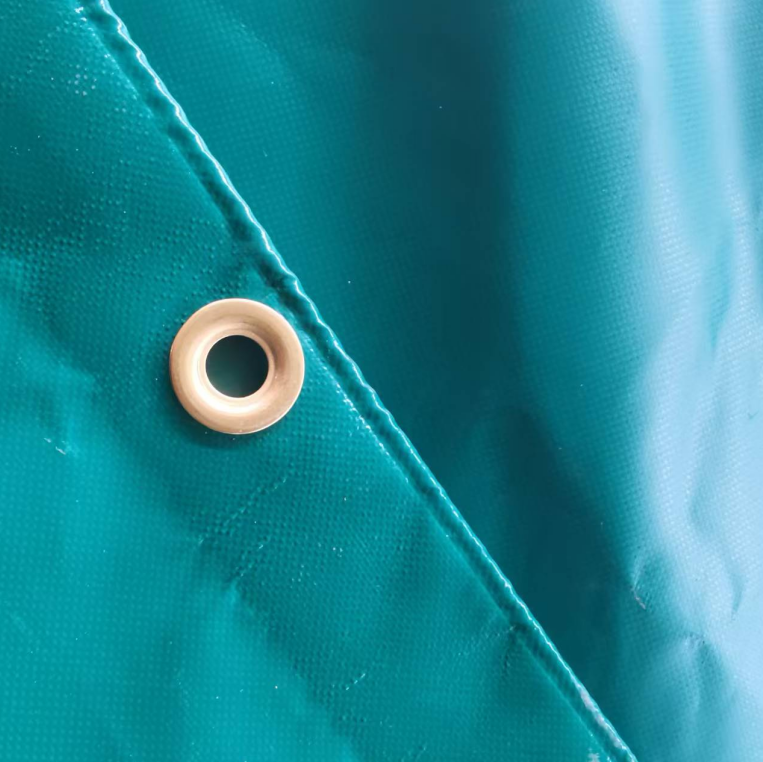
Storage Tips
Proper storage is also a critical step in mold prevention on PVC tarpaulins. Ensure the tarp is dry and clean before storage. Roll the tarp, if possible, because folding will include creases and moisture buildup. Use ropes or straps to secure the rolled tarp but not very tight as it could hurt the material.
Store tarps in a dry, well-ventilated, cool area. Do not store the tarp in basements, damp areas, or attics. The tarps can be stored in bins or racks, but not on the ground where it might get wet. If there is a long-term need to store the tarp, also place desiccant packets or moisture-absorbing materials in the storage area to further reduce humidity.
Precautions During Use
When using PVC tarpaulins, precautions are also necessary to reduce the likelihood of mold growth. Do not put the tarpaulin on a wet surface directly. In covering goods laid on the ground, one can first put down a layer of dry mats or plastic sheeting below it, and this will suppress moisture from penetrating the tarpaulin.
Check the PVC tarpaulin regularly for any accumulation of water. If you notice that there is some water accumulated on the surface, slowly incline the tarpaulin to allow the water to drain off. During windy conditions, closely fasten the tarpaulin so that it does not flap freely and cause wrinkles and water accumulation. Also, dry the tarpaulin if it gets wet during usage as soon as the weather clears.
Application of Anti-mold Products
Apart from the above precautions, anti-mold products can also provide an added layer of protection for PVC tarps. There are anti-mold sprays in the market that can be sprayed on the tarp surface. These sprays form a protection film layer that prevents the development of mold spores, and thus the occurrence of mold is eliminated even in moist environments. Another method is an anti-mold liner that can be placed between the tarp and the object being covered to absorb excess moisture and prevent it from touching the tarp.
Conclusion
Preventing PVC tarpaulin mold requires regular cleaning, proper drying, good storage, and kind use. Understanding the reasons for mold and following these precautions, you can prolong the life of your tarpaulin and enjoy its protective function for a longer duration. Feicheng Tongfa specializes in PVC tarpaulin for sale. If you are interested, please contact us.


